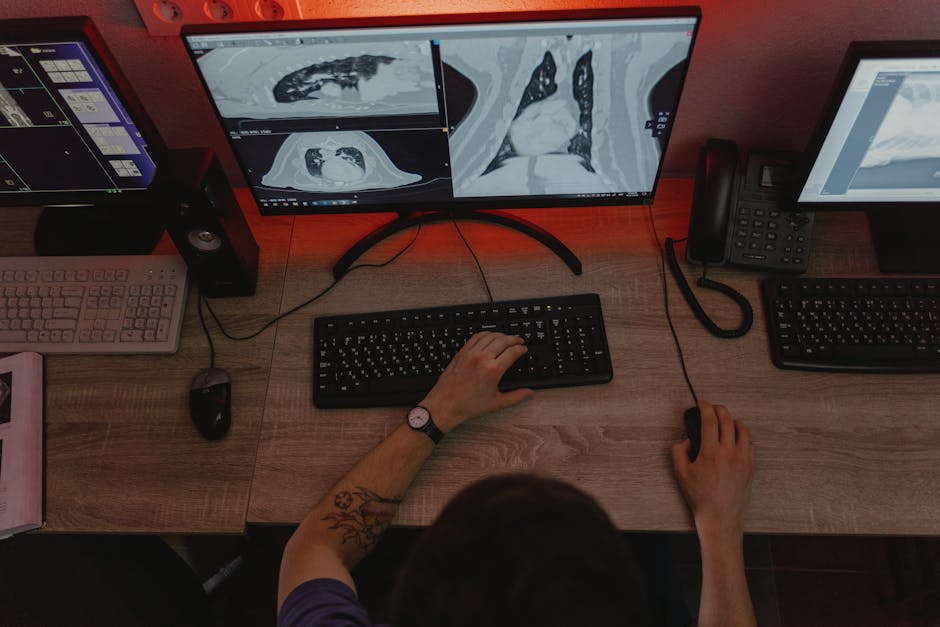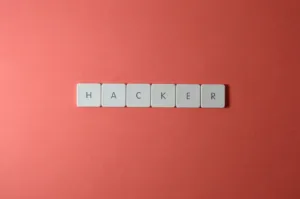
Summary: The ransomware variant Ransom.Win32.LOCKBIT.YXCGD (detected as Trojan-Ransom.BlackMatter by IKARUS and Ransom:Win32/Lockbit.STB by Microsoft) represents a low-risk but technically notable branch of the LockBit family. With limited distribution but medium damage potential, it encrypts files while avoiding system-critical extensions. This analysis covers its infection vectors, evasion techniques, and mitigation strategies for enterprise security teams.
Executive Summary for Security Leaders
The ransomware variant Ransom.Win32.LOCKBIT.YXCGD poses a Low overall risk but has Medium damage potential due to its encryption capabilities. Primarily spread via malicious downloads or as a payload from other malware, its impact is mitigated by its avoidance of critical system files. Key takeaways for CISOs include its delivery methods, behavioral patterns, and recommended defensive measures such as endpoint protection and network segmentation.
Key Points for CISOs
- Delivery: Typically dropped by other malware (e.g., Emotet) or via drive-by downloads from compromised sites.
- Behavior: Encrypts files while excluding system-critical extensions (e.g.,
.dll,.exe) to maintain system stability. - Detection: Flagged by Trend Micro, Microsoft, and IKARUS, though prevalence remains low.
- Mitigation: Focus on endpoint protection, blocking malicious macros, and restricting lateral movement.
Technical Analysis
Infection Vector and Payload
The malware arrives either as a file dropped by other malware or via user-initiated downloads. Upon execution, it drops a ransom note (Restore-My-Files.txt) and begins encrypting files, excluding system-critical extensions such as .exe, .dll, and .msi. It also terminates processes/services like backup tools (Veeam, Sophos) and SQL servers to hinder recovery efforts.
Evasion and Persistence
This variant employs several evasion techniques, including execution in Safe Mode to bypass security tools. It spreads laterally via SMB/RPC if network credentials are compromised and establishes persistence through a registry entry under HKCU\Software\Microsoft\Windows\CurrentVersion\Run.
Encryption Logic
LockBit variants use hybrid encryption (AES for files, RSA for keys). The YXCGD variant avoids encrypting specific folders (Windows, Program Files, $Recycle.Bin) and extensions (.exe, .dll, .msi, .bat). For a full list of excluded extensions, refer to Microsoft’s technical breakdown.
Relevance to Security Teams
For Blue Teams & SOC Analysts
Detection rules should focus on file creation events (Restore-My-Files.txt or *.lockbit extensions) and process termination events for tools like Veeam or sqlservr.exe. YARA rules can target strings such as CMSTPLUA, often used in process injection.
For Red Teams
Simulating LockBit’s lateral movement via PsExec/WMI (T1021.002) can help test detection capabilities for credential dumping and SMB brute-forcing.
Mitigation Steps
- Endpoint Protection: Enable Microsoft Defender’s Controlled Folder Access and deploy ASR rules to block PsExec/WMI abuse.
- Network Segmentation: Limit SMB/RPC traffic to prevent lateral spread.
- Backups: Maintain immutable backups for critical data.
Conclusion
While Ransom.Win32.LOCKBIT.YXCGD shows limited distribution, its technical overlap with LockBit 3.0 and BlackMatter underscores the need for proactive defense against ransomware-as-a-service (RaaS) ecosystems. Security teams should prioritize detecting credential theft and lateral movement, as these remain the primary vectors for human-operated ransomware.
References
- Trend Micro: Ransom.Win32.LOCKBIT.YXCGD – Threat Encyclopedia [Accessed Jul 2024].
- Microsoft: Ransom:Win32/LockBit threat description [Accessed Jul 2024].
- First Hackers News: The similarities between Lockbit 3.0 and Blackmatter ransomware [Accessed Jul 2024].






